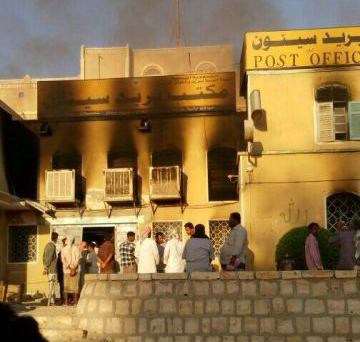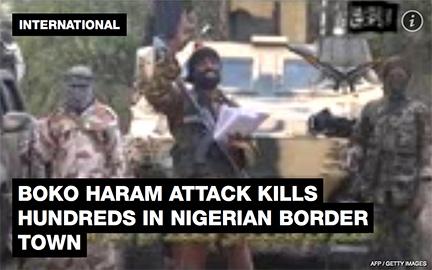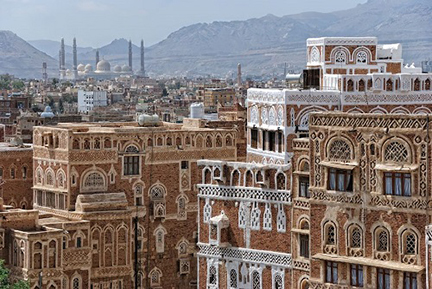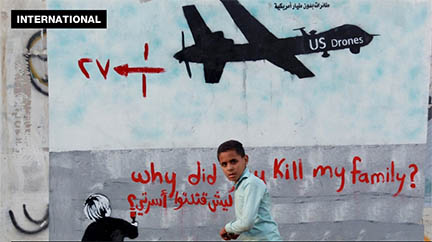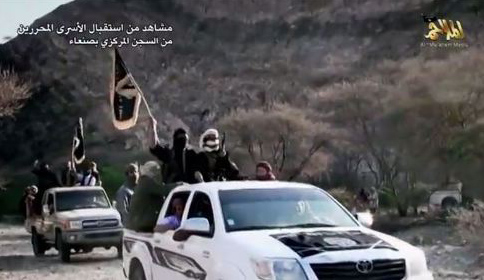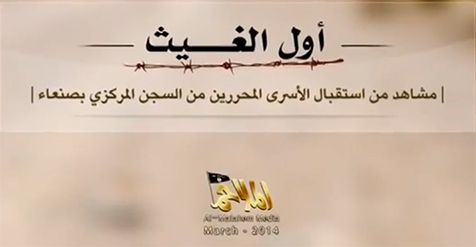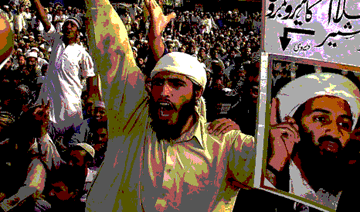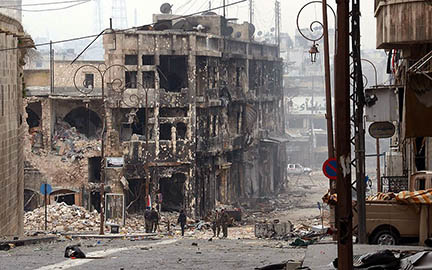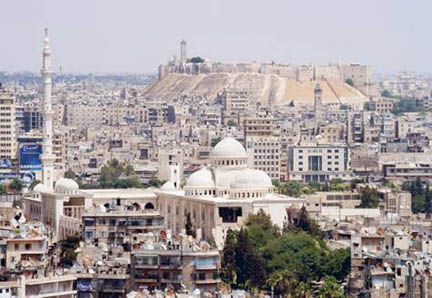
Today is the official Memorial Day, a day set aside for Americans to honor those who died while serving their country in times of war. The idea started after the American Civil War in which as many as 625,000 individuals, almost 2% of the entire population at the time, were killed. I have an ancestor who was one of the lucky ones, having served in the northern army, captured and held captive by the confederacy and then released. I inherited some of the original New York Herald Tribune newspapers he saved from that time. I also have three uncles who served in World War II, Uncle Al in the Army, Uncle Ray in the Air Force, and Uncle Andy in the Navy. All survived, although the total U.S. war dead from World War II was over 405,000. When one tallies all the U.S. war dead, starting with Revolutionary War, the figure reaches over 1,300,000, not including those who our troops killed on the “other” sides.
So there is good reason to celebrate Memorial Day, whether your ancestors, relatives and friends were killed, wounded or survived unscathed. As moral agents we should remember and honor the sacrifice so many have made, but we should never celebrate the idea of war. “Blessed are the peacemakers,” quoth the Gospel. The unspoken follow-up must be “damn the warmakers.” Continue reading War dead and the Wall
